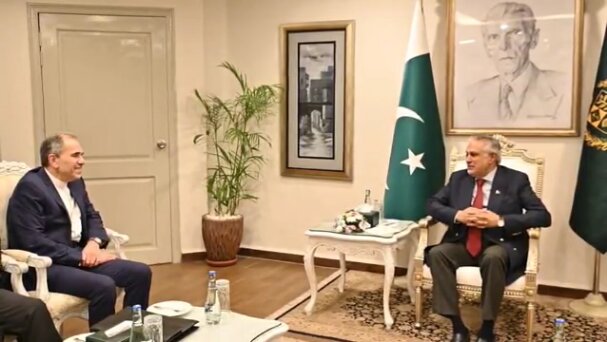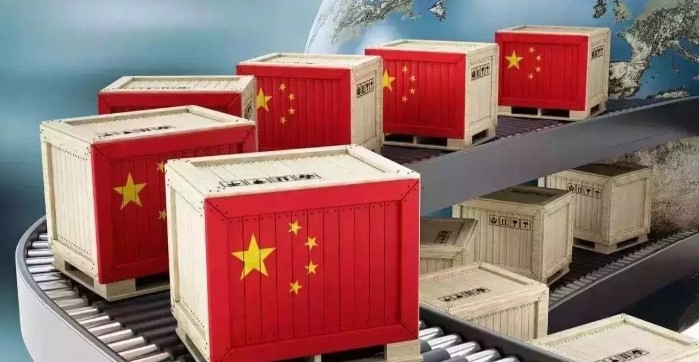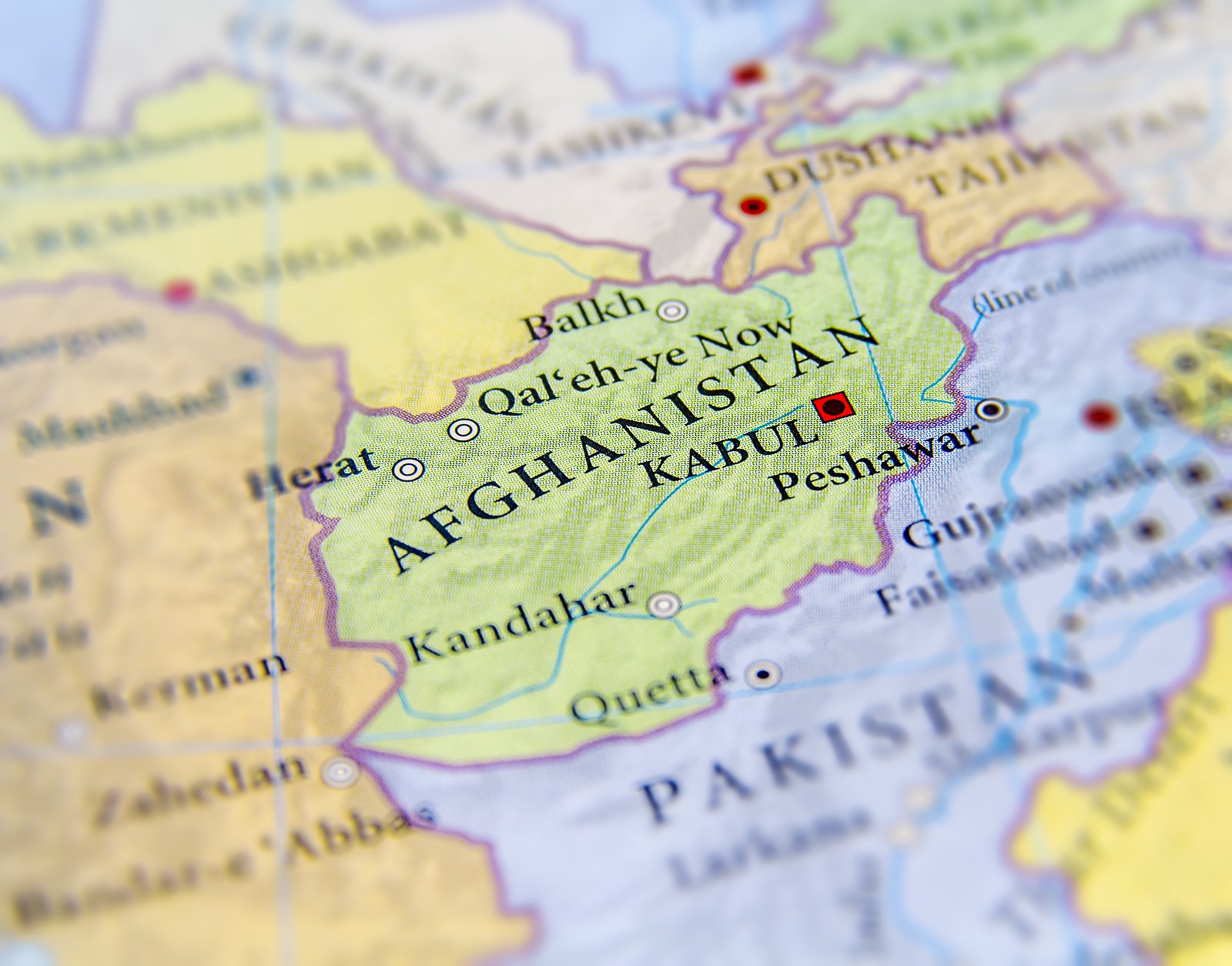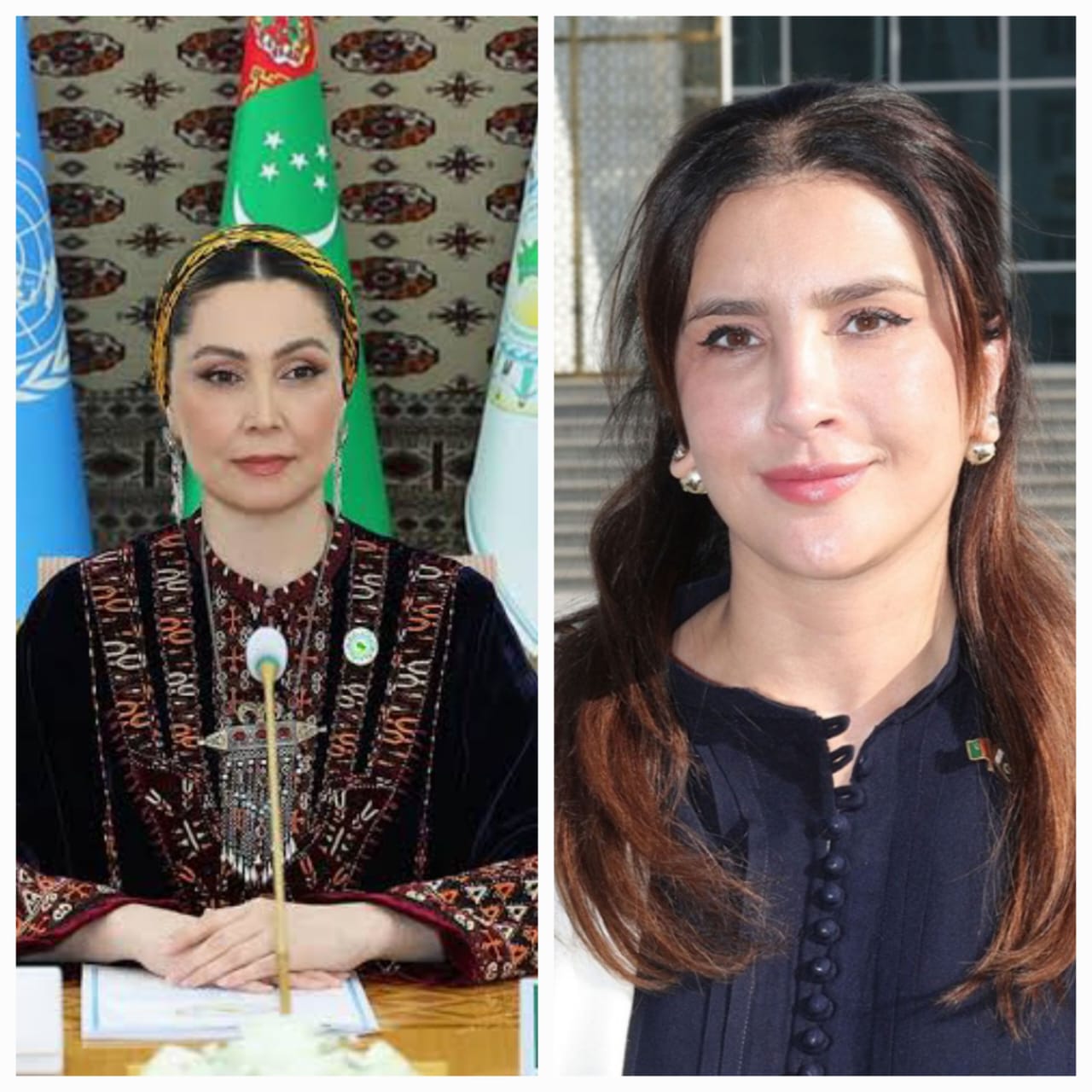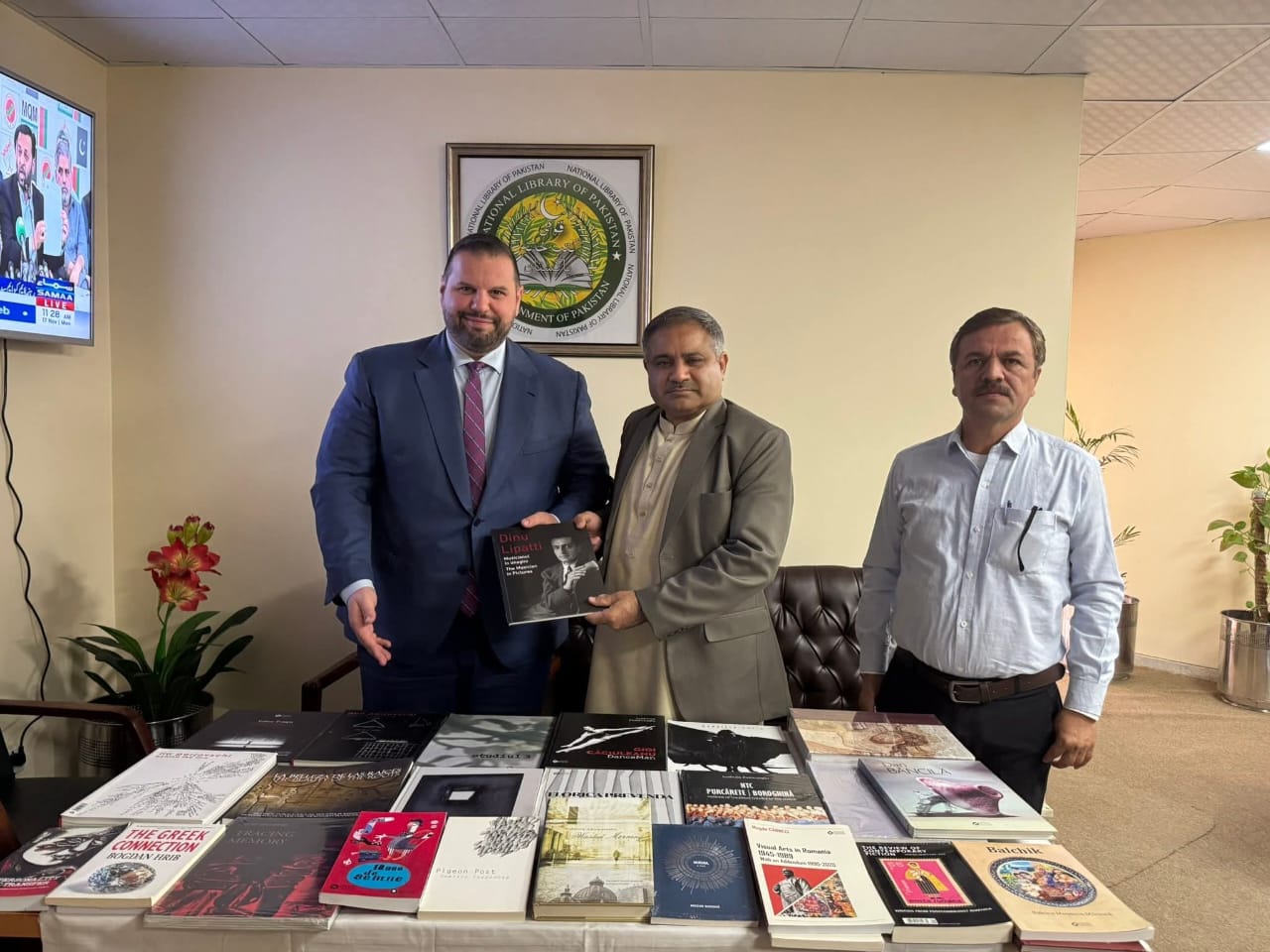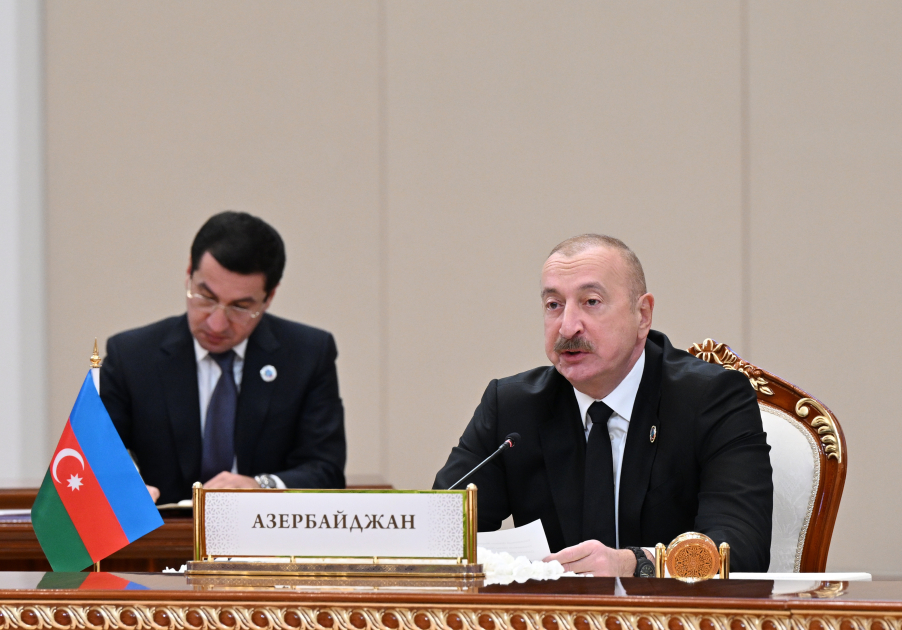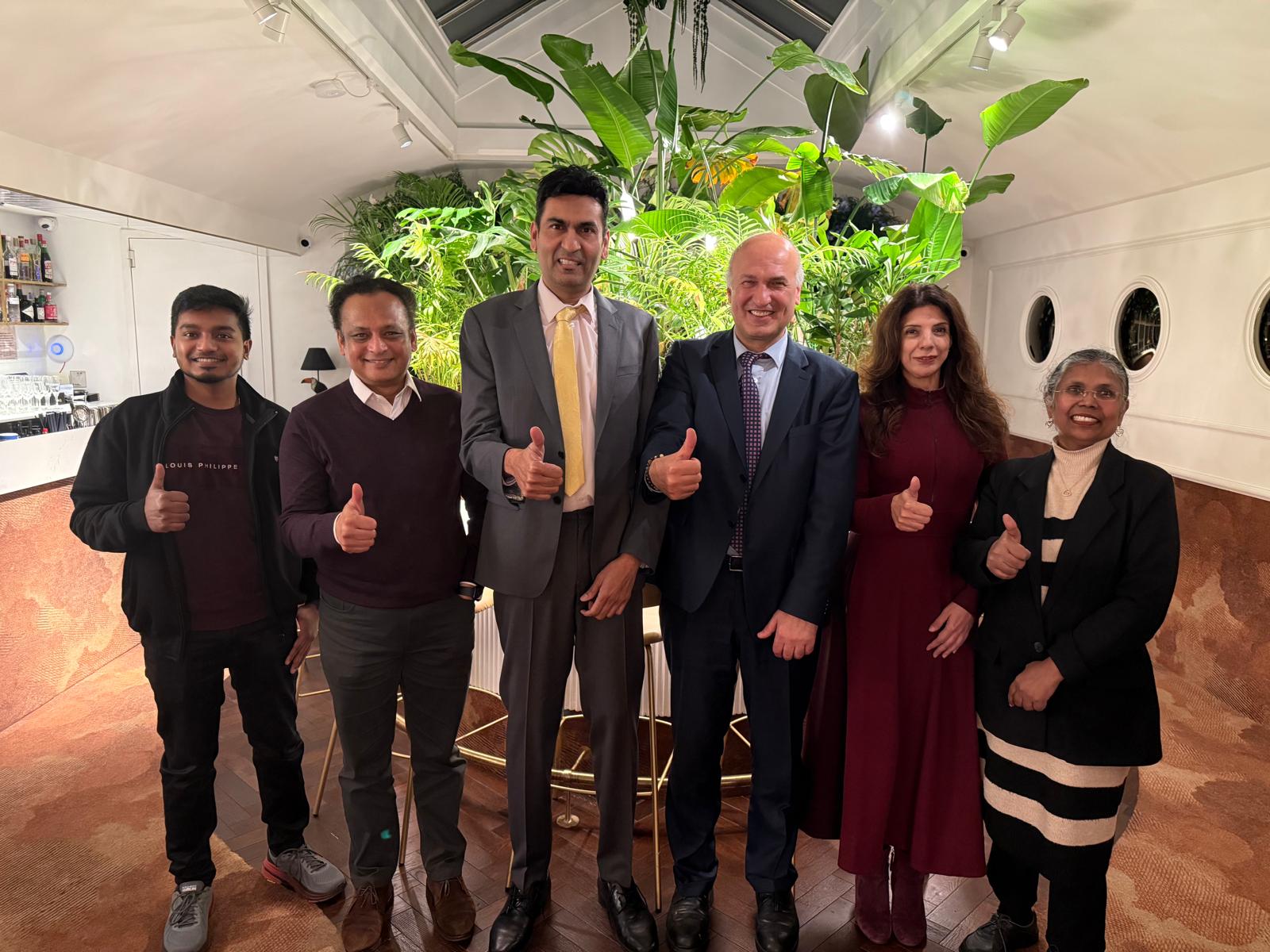Foreign direct investment (FDI) has long been heralded as a driver of economic growth, development, and modernization in developing countries. Yet, the question remains: who truly benefits from FDI? In Pakistan, this question is particularly pertinent given the country’s reliance on foreign investments to address economic challenges and stimulate development. Initiatives such as the Special Investment Facilitation Council (SIFC) aim to attract FDI, but their success and impact require a nuanced understanding in the context of global practices and political dynamics. FDI inflows to Pakistan were recorded at USD 1.34 billion in 2022, reflecting a 37.6% decline year-on-year, according to UNCTAD’s World Investment Report 2023. However, more recent trends indicate a rebound, with FDI inflows reaching $1.46 billion during the first ten months of FY24, compared to $1.35 billion in the same period of FY23. April 2024 saw the highest monthly FDI inflows in over four years, totaling $358.84 million, driven primarily by investments from China, the UAE, and Canada. The power sector emerged as a key recipient, with $194 million in investments during that month alone.
Pakistan’s reliance on FDI raises questions about the nature of these investments and their alignment with the country’s developmental goals. The country’s strategic location and participation in initiatives like the China-Pakistan Economic Corridor (CPEC) make it a critical node in regional trade and connectivity. China, as Pakistan’s largest investor in recent years, highlights the geopolitical dimension of FDI. Beijing’s investments are not merely economic but also political, reinforcing its influence in South Asia and counterbalancing the growing strategic partnership between the United States and India. The U.S. has historically been cautious in its approach to FDI in Pakistan, often prioritizing strategic aid over large-scale economic investments. This contrasts sharply with its relations with India, where economic ties complement a deepening security partnership. India’s trade relations with China add another layer of complexity. Despite border tensions and political rivalries, trade between the two Asian giants remains robust, reflecting the pragmatic approach of both nations in separating economic interests from geopolitical disputes.
Globally, FDI has been criticized as a tool of economic hegemony, where multinational corporations and powerful states exert influence over weaker economies. William Gilpin’s analysis in U.S. Power Multinational Corp underscores how FDI can serve as a mechanism for extending political and economic control. Similarly, Nathan M. Jensen’s works explore how governance and politics shape FDI flows, often privileging investor interests over local development. Pakistan’s SIFC, modeled on similar investment facilitation frameworks worldwide, seeks to streamline processes, reduce bureaucratic hurdles, and create a conducive environment for foreign investors. The council’s focus on key sectors such as energy, agriculture, and technology aligns with global best practices in investment facilitation, as highlighted by UNCTAD’s emphasis on digital government solutions. However, the challenge lies in ensuring that these investments are synergized with local economic needs rather than exacerbating existing inequalities.
In South Asia, countries like India and Bangladesh have adopted proactive FDI policies with varying degrees of success. India’s liberalization in the 1990s paved the way for significant inflows, particularly in technology and services, making it a global hub for IT and manufacturing. Bangladesh, on the other hand, has leveraged its low labor costs and strategic location to attract investments in textiles and infrastructure. Pakistan, by comparison, has struggled to maintain consistent FDI inflows, often hindered by political instability, inconsistent policies, and security concerns.
The theoretical underpinnings of FDI highlight its dual nature. While modernization theories view FDI as a catalyst for development and technology transfer, dependency theorists argue that it perpetuates economic dependency and underdevelopment. Theodore Moran’s analysis of FDI policies shows how countries can mitigate the risks of dependency by negotiating better terms and focusing on skill development and technology transfer. FDI’s role in sustainable development cannot be understated. The global downturn in FDI, with a 2% decline to $1.3 trillion in 2023, underscores the challenges posed by economic slowdowns and geopolitical tensions. UNCTAD’s report highlights the disproportionate impact of these trends on funding for Sustainable Development Goals (SDGs), particularly in critical areas like agrifood and water. For Pakistan, integrating SDG priorities into its FDI strategy could unlock new opportunities for sustainable growth while addressing pressing social and environmental challenges.
China’s FDI in Pakistan under CPEC exemplifies how targeted investments can transform economies. Infrastructure projects such as highways, energy plants, and ports have created jobs, improved connectivity, and boosted economic activity. However, critics argue that the debt implications and limited local participation in these projects raise questions about long-term sustainability. Pakistan’s reliance on Chinese investments also reflects a broader geopolitical realignment, as Islamabad seeks to balance its relationships with Beijing and Washington.
The U.S.-India strategic partnership complicates Pakistan’s FDI narrative. Washington’s pivot to India, driven by mutual concerns over China’s rise, has implications for South Asia’s economic and security dynamics. India’s ability to attract FDI from both the U.S. and China demonstrates its economic resilience and strategic pragmatism. By contrast, Pakistan’s narrower investment base highlights the need for diversification and a more inclusive approach to economic planning.
Statistics reveal both challenges and opportunities for Pakistan. While FDI inflows have shown signs of recovery, their concentration in specific sectors and countries underscores the need for a more balanced strategy. The power sector’s dominance reflects the urgency of addressing Pakistan’s energy crisis but also points to the limited diversification of FDI flows. Expanding investment in technology, agriculture, and manufacturing could create broader economic benefits while reducing dependency on external actors. FDI’s potential to empower people hinges on its integration with local economies. A Gramscian perspective views FDI as a site of contestation, where local actors must negotiate terms that prioritize community interests. Marxist critiques highlight the exploitative nature of FDI under capitalism, while liberal approaches emphasize the role of governance and transparency in maximizing its benefits. The challenge for Pakistan lies in aligning FDI with its developmental priorities, ensuring that investments translate into jobs, skills, and improved living standards for its people.
Economic collaboration, creativity, and innovation are essential for harnessing FDI’s full potential. Pakistan must learn from global examples, such as Singapore’s focus on technology and education or Ireland’s success in creating a business-friendly environment. By fostering unity in diversity and promoting peaceful coexistence, Pakistan can create a more inclusive economic model that leverages its unique strengths.
The integration of FDI into Pakistan’s economic framework must go beyond mere facilitation. Strategic planning, effective governance, and robust institutions are crucial for ensuring that foreign investments contribute to local development. Linking FDI to global trends and opportunities can position Pakistan as an active player in the global economy, where its people not only benefit from but also shape the economic future. FDI, if properly strategized and synergized with local economies, can be a powerful tool for economic transformation. By connecting local economies with the global arena, Pakistan can empower its people to play an active role in shaping economic scenarios. The path forward requires a focus on collaboration, sustainability, and innovation—pillars that can underpin a more equitable and prosperous future for all.

Prof. Dr. Muhammad Shakeel Ahmad is Chief Executive of Global Strategic Institute for Sustainable Development (GSISD).




